Text

Alpaquera by Alexander Cinque
Alina Surquislla Gomez, a third-generation alpaquera (alpaca-farmer), cradles a baby alpaca on the way to her family’s summer pastures, in Oropesa, Peru. The climate crisis is forcing herders, many of whom are women, to search for new pastures, often in difficult terrain.
183 notes
·
View notes
Text



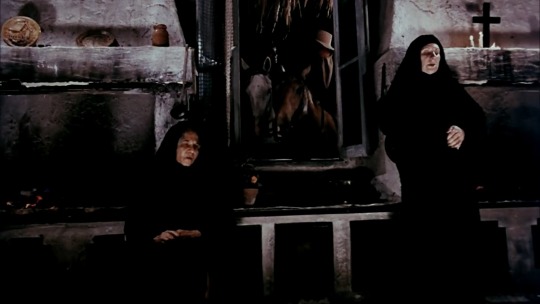



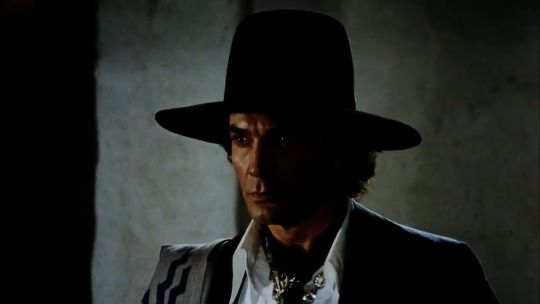


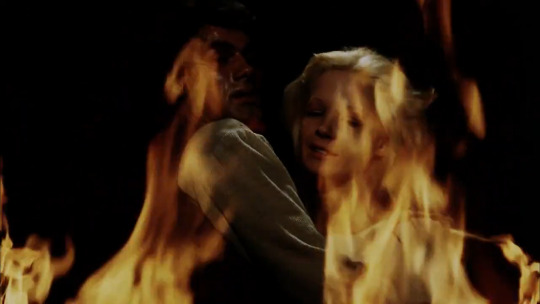

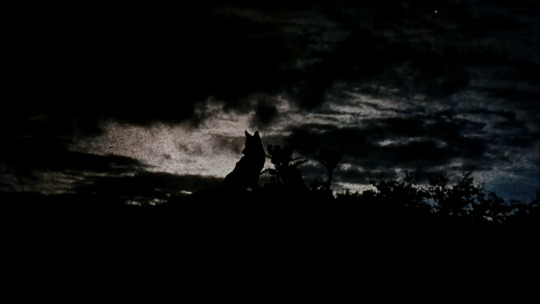
Movie: Nazareno Cruz y el lobo (Nazareno Cruz and the Wolf)
Director: Leonardo Favio
Year: 1975
Country: Argentina
Genre: Horror
"Nazareno Cruz is a young Gaucho living in a rural town. He is known for being the seventh son of his father, and so he is seen by the locals as the victim of the werewolf curse. Despite this he lives happily in the community. When Nazareno is about to turn 18 he meets Griselda and they both fall in love. Soon after, "Mandinga" (the Devil) presents himself to Nazareno and explains that his curse is real. Mandinga makes Nazareno a proposition: if Nazareno gives up his love, he will receive in exchange his freedom and many riches. Nazareno refuses the deal and eventually turns into a werewolf, becoming involved in a series of tragedies."
27 notes
·
View notes
Photo

Perico Ripiao in the Dominican Republic
10 notes
·
View notes
Text
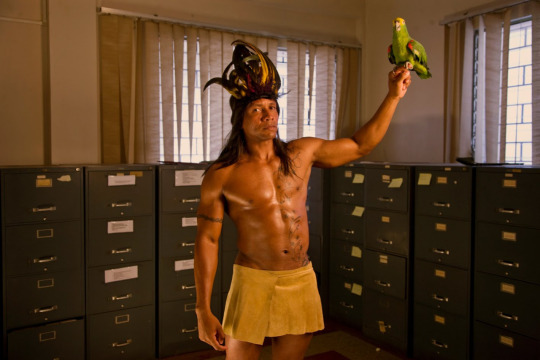

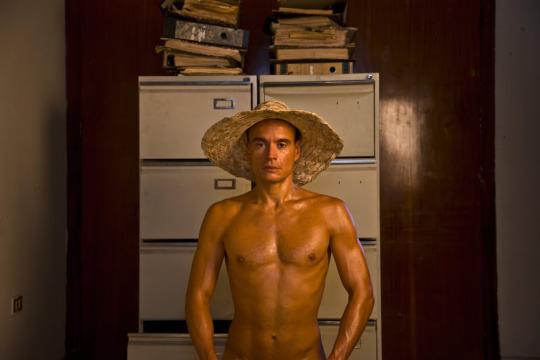
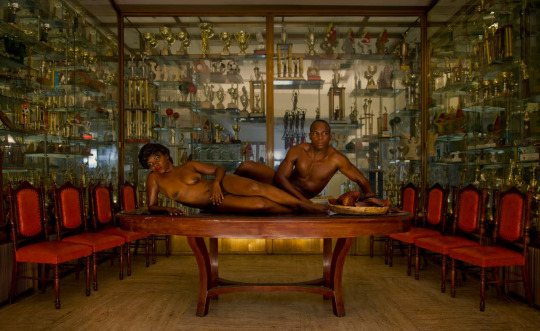
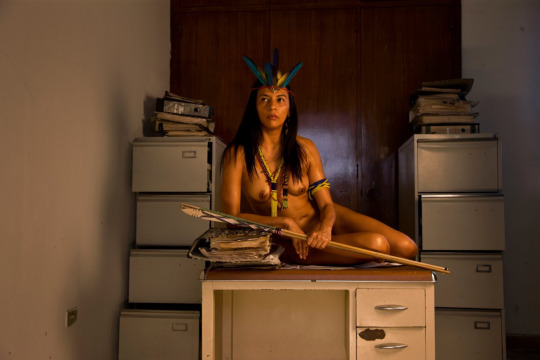





Ensayando la Postura Nacional by Alexander Apóstol
Based on the paintings of Pedro Centeno Vallenilla
Caracas experienced a strong urban construction growth after the death of the dictator Juan Vicente Gómez in 1936 until the 70´s. Important political changes: European and Latin-American migrations, and especially petroleum costs variations made Venezuelan mentality change at a speeding race to new perspectives that were demonstrated in different areas, architecture being the main element of change towards a modern city. Besides the big social differences, from then on, the Venezuelans have conceived to an extreme this modern period of time as the dream of a better future.
In that time, important plastic artist irrupted during the 40´s, 50´s and 60´s; Escuela de caracas (landscaping), Los Disidentes (abstraction), and the Techo de La Ballena (informalism) were some of the most important avant-garde movements. Curiously enough, the Venezuelan artist Pedro Centeno Vallenilla, formed under the fascist Italian regime and exhibitor of a peculiar nationalist theme with a characterized mannerist and exaggerated aesthetic, worked independently from the avant-garde movements, he was even considered as a minor artist by them. Due to Vallenilla´s profound political views at the time, he was able to establish himself as the official painter during the dictatorship of Marcos Pérez Jiménez in the 50´s, where buildings like the National Capitol, the National Military or collections and private homes were decorated with his Works. Nowadays his works are still hung in these official buildings, where the nation’s history and the autochthonous elements together with the exaggerated and idealized aesthetic of the body and race, are the main characters in his work.
What interests me is how his fertile visual language feeds the creation myths of the birth of the nation and establishes it like a part of the Venezuelan culture, in the political, social, military and even economic grounds of the country; where his work exemplifies, maybe fortunately, the prejudice, contradictions and acceptations on how Venezuelans want to see ourselves and how we wanted to be seen (and still want to be), contrasting with the exacerbated and vulnerable narcissism that fundaments itself on the starting resentments that we drag on form the colonial times.
Finally I would like to focus Centeno Vallenilla´s work, independently from his pictorial quality, like the heir of a confused Venezuelan modernity in conception and ideology, confronted in the same way with the confused and complex political and social times that we are now living. Where the frontier between liberal ideologies and economic pragmatism associated with the conservatives, are faded together with the political ways of the country.
In the film and photos, works of Centeno Vallenilla dedicated to the nation’s history, race and traditions, are converted into a tableaux vivant by people that come from the marginated areas of Caracas, but that are situated in the natural context of this artist, these spaces are modern but at the same time unused buildings, like a mansion turned into an office building; Nevertheless, these models try again and again, without achieving the goal, of recreating work by work The forced postures of the personalities represented in Vallenilla´s Works, demonstrating that there is a possibility that the idiosyncrasy of Venezuela comes from the eternal intent, with form but without meaning, of imagining improvised utopias that result in mere rehearsals of the country.
#art#paintings#photography#venezuela#pedro centeno vallenilla#venezuelan#alexander apóstol#venezuelan art
50 notes
·
View notes
Photo

A French Guianese couple of Hmong descent
28 notes
·
View notes
Photo
A film about the Ticuna people of the Colombian Amazon
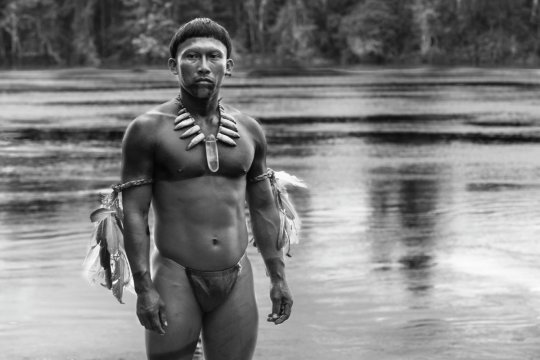
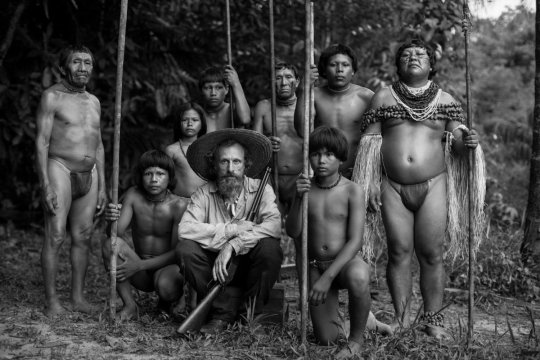

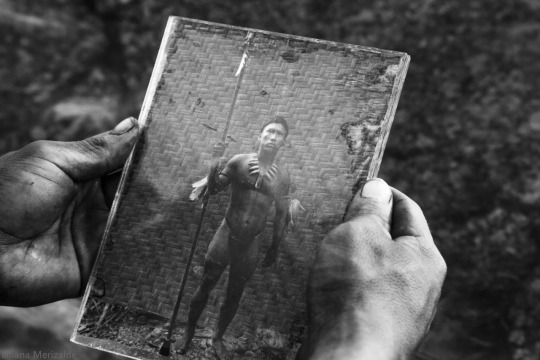

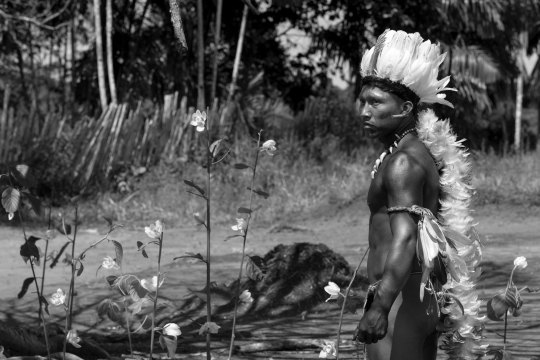

Embrace of the Serpent (El Abrazo de la Serpiente) | Ciro Guerra | 2015 | Colombia
77 notes
·
View notes
Text




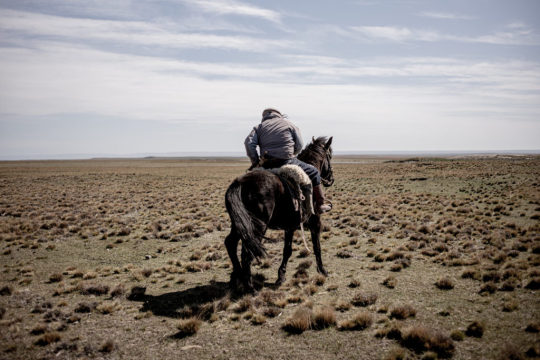
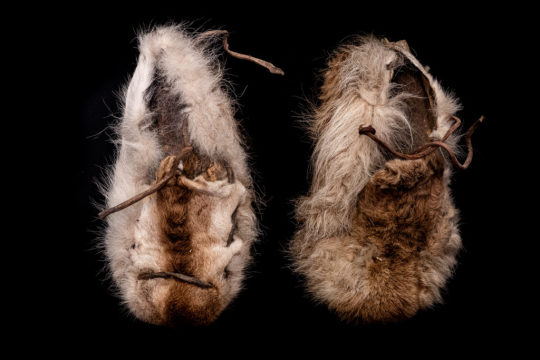



The Selk'nam's quest for recognition in Chile by Marcio Pimenta and Nina Radovic Fanta
"About 500 years ago, the Portuguese explorer Hernando de Magellan discovered a maritime passage in the extreme south of the planet, a region unknown to Europeans at the time, a place they would come to call "Tierra Australis Incognita." The discovery, in effect, was the first globalization of modern society. The sea passage itself was named the Strait of Magellan. In the 19th century, other Europeans and their descendants would arrive, this time to stay. Men who had already domesticated plants and animals and who upon arriving in what is now called Tierra del Fuego found hunter-gatherers who had lived there for more than 10,000 years. That indigenous group would become to known as Selk'nam. The encounter between hunter-gatherers and the colonizer farmers led to a defacto death penalty for the Selk'nam. A tragedy that is still the order of the day. Considered extinct in the history books and laws written by the victors, yet the survivors claim to be alive. And now they fight for recognition.
In Chile, a century has passed, and a dictatorship, without the Selk'nam genocide being addressed. This began to change only recently, in the 2010s, thanks to the Internet, when web users searching for their origins could now find each other. Now, together, the Selk'nam face the process of decolonizing and denaturalizing the historical perspective, of recovering and rethinking what happened to them. They have created community centers where family experiences, stories and memories are shared and the truth is confronted. The Selk'nam are organized in entities such as Corporación Selk'nam and Comunidad Covadonga-Ona, both in Chile, and Comunidad Rafaela Ishton, in Argentina, to fight for their rights, starting with the recognition that they still exist, that they are not yet extinct. It is a living people. Comunidad Rafaela Ishton has existed since the 1980s and was one of the first to obtain legal jurisdiction in Argentina. In 1994, the Selk'nam were recognized as an indigenous people by the Argentine state. More than 600 families, in total about 1000 people, identify themselves as Selk'nam in that country. Hema’ny Molina, president of the Corporation Selk’nam Chile, and Miguel Pantoja, member of the Community of Rafaela Ishton, do not accept to be seen as “descendants” of the Selk’nam. “I am not a descendant, I am Selk’nam,” says Pantoja. “I have to explain myself and think about myself– it’s something violent,” he continues. Molina, in agreement, adds: “I always knew that I was Selk’nam but that does not mean to live as such or understand how to do it. There are various, complex layers. For many years there was a feeling of loneliness as we were unaware of the existence of other families. It was a feeling of emptiness and complete solitude. Who am I going to talk to? Who am I going to tell? Will people believe me?”
In Chile, Corporación Selk'nam won legal jurisdiction in 2015. The organization has more than 50 members and their families, in total, number about 200 people. According to the 2017 Chilean census, 1,144 people identified themselves as Selk'nam. Still, the Chilean state does not recognize the existence of the Selk'nam as a people. The Corporation Selk'nam fights for the inclusion of the Selk'nam in the list of "main ethnic groups" recognized by the Indigenous Law No. 19,253, of 1993.
They have the help of researchers from two Chilean universities: Universidad Católica Silva Henríquez and the Universidad de Magallanes. Alejandro Núñez Guerrero, director of the Centro Universatario of the Universidad de Magallanes in Porvenir, Chile, has been forging agreements to carry out more field research. Among their findings so far, it was recently discovered that the first settlers' ranch on Tierra del Fuego was built on the Chilean side and not on the Argentine side, as previously believed, and that the Selk'nam are actually more numerous on the island. All of this are fundamental facts in the recognition process.
For their part, Héctor Vásquez Chogue, former vice-president of the Covadonga Ona community, and his brother, José Luis Vásquez Chogue, secretary of the Selk'nam Corporation, have been on a personal quest for more than thirty years. The recent journey of self-discovery as Selk'nam has also turned into a tour of endless meetings with Chilean politicians to incorporate the Selk'nam into the Indigenous Law. The main objective is to make them known as living Selk'nam, as a modern and integrated people, unlike what is currently taught. "It is difficult to say who I am, because the State does not recognize us," says José.
The Selk'nam hope to receive official recognition in early 2022, the deadline which the Chilean state has given the community to prove they are alive."
28 notes
·
View notes
Photo

A Chilean Man of Palestinian ancestry partakes in a pro-Palestinian protest
Chilean-Palestinians
Outside of the Levant and the Arabian Gulf nations, Chile is home to the largest Palestinian diaspora in the world with up to 500 thousand Chileans having Palestinian ancestry.
Palestinian immigration to the country began in the middle of the 19th century during the Ottoman rule. Like other immigrants from the Ottoman Empire, whether Arab, Slavic, Assyrian, or Greek; Palestinians were often called Turcos (Turks) since they usually entered the country with Turkish documentation. This denominate remains common in Chile and neighbouring Latin American countries to this day; which has erroneously lead many Latin Americans with non-Turkish ancestry and little information about family history, to be under the impression that they are of Turkish ancestry.
Historically, the majority of Palestinians that arrived in Chile were Eastern Orthodox Christians, as most countries in Latin America barred the immigration of Muslims; for this reason there are more Christian Palestinian descendants in Chile than in Palestine itself. However, in recent times Chile has also taken in Palestinian refugees, the majority being Sunni Muslims.
Many of the first waves of Palestinian immigrants lived in abject poverty and were illiterate. In addition to this like many other immigrant groups to Latin America, particularly those coming from the Ottoman Empire, Eastern Europe, and East Asia they were faced with xenophobia; a product of Chilean nationalism and rising post-independence ethnic/racial tensions. This xenophobia spread as far as the Chilean media, with one of country’s oldest national newspapers "El Mercurio,” writing:
“Whether they are Mohammedans or Buddhists, what one can see and smell from far, is that they are more dirty than the dogs of Constantinople...“
Despite the fact that the majority of people coming from the Ottoman Empire and Eastern Europe were Christian, the stigma of living in an empire ruled by Muslims or around Muslims was enough for them and other Christians such as Slavs, Greeks, and Armenians to be targets of Islamophobic sentiments that were prominent in Iberian American societies.
Similar to other immigrants from the Ottoman Empire, many Palestinians began to work in commerce as merchants. This factor alongside their gradual assimilation into the white Chilean population, began their upward social mobilization. By the 1950′s Palestinian Chileans garnered a significant economic and political position in Chilean society, a good example of this is the recent presidential candidacy of Daniel Jadue.
The majority of Chilean Palestinians are inhabit the nations capital, and also the city of La Calera in Valparaiso Region, which attracted not only Palestinian immigrants but also other Levantine, Balkan, Italian, French, and German migrants.
#chile#palestinians#palestine#latinx#islamophobia#chilean#latinxs#latin america#chilean palestinians#arab palestinians#arab christians#white chileans#white latin americans#chileans#chileno#chilenos
72 notes
·
View notes
Photo


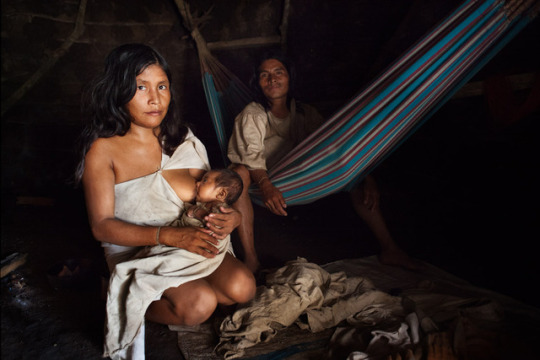


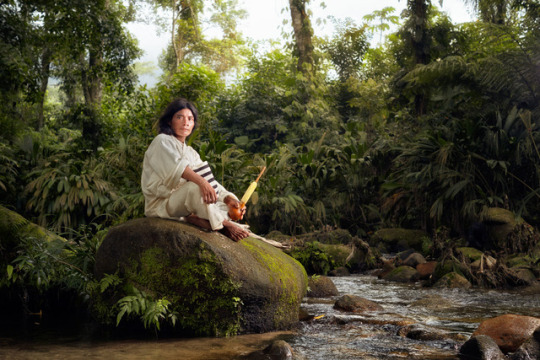
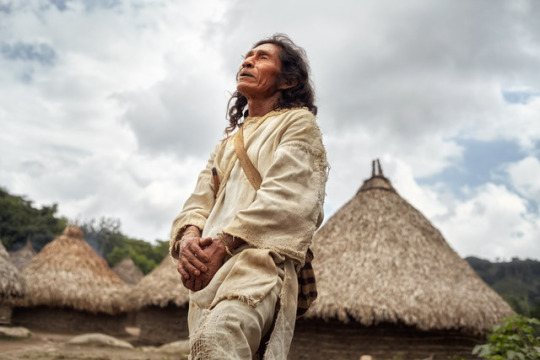


Kogi: The Indigenous people of the Colombian desert
The Kogis are one of the few indigenous people in South America who were able to maintain their pre-Columbian culture. Being a pacifistic ethnic group they never attempted to fight colonists and preferred to move to more isolated areas up the mountain, where they could continue to live their lives without much influence from western culture. They call themselves the “elder brothers” who are taking care of the “Heart of the World” (the Sierra Nevada) and protecting it from the “younger brothers” (non Kogi or Arhuaco Amerindians) who are destroying it. They believe if the “Heart of the World” get's out of balance it will affect the whole world. Having survived the Spanish colonizers, the [Colombian] colonials in the beginning of the century, the Marijuana bonanza of the 80s, the coca planting of the drug cartels and the armed conflict among guerillas and paramilitaries the Kogi are facing their biggest fear now, the destruction of “Heart of the World” due climatic changes.
- Alexander Rieser
#photography#photojournalism#indigenous#native american#indigenous people#kogi#cogui#kágaba#indígena#indígenas#pueblos indígenas
81 notes
·
View notes
Photo

Naomi Wilkinson
49 notes
·
View notes
Photo

Crowned Nun - Anonymous
44 notes
·
View notes
Photo

The Market - Zé Cordeiro
90 notes
·
View notes
Photo

El Salvador is Present - Mark Vallen
10 notes
·
View notes
Photo

Liberation of the Peon - Diego Rivera
In Liberation of the Peon, Rivera developed a harrowing narrative of corporal punishment. A laborer, beaten and left to die, is cut down from a post by sympathetic revolutionary soldiers, who tend to his broken body. Peonage—a system of indentured servitude established by Spanish colonizers, under which natives were forced to work the land—persisted in Mexico into the 20th century.
106 notes
·
View notes
Photo


Gauchos of San José, Uruguay - Christian Rodriguez
The adjective “Maragato” is used to refer to the natives from the state of San José. This province finds its roots in the Spanish region of Maragatería, in the state of Leon. “Maragatos” were the largest group of white European settlers in this area of the country and are credited with the founding of San José de Mayo, the urban center from which they occupied other adjacent territories. However, another group of immigrants that populated the state was coming mostly from the region of Asturias.
23 notes
·
View notes
Photo

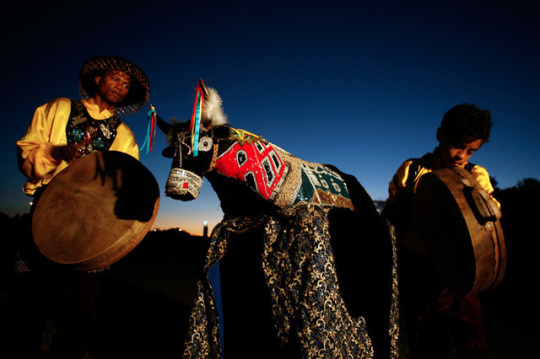

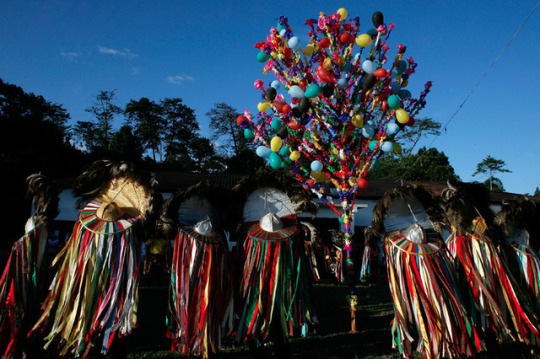
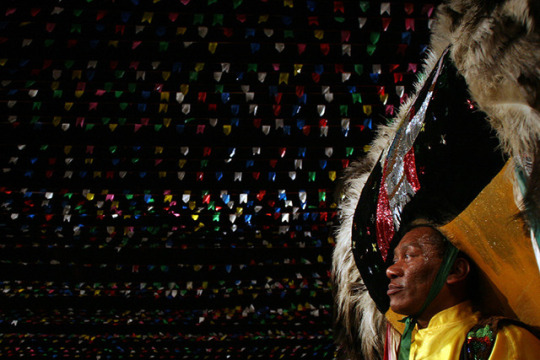

The Charms of the Bull: Bumba-Meu-Boi in Brasília, Brazil - Eraldo Peres
146 notes
·
View notes
